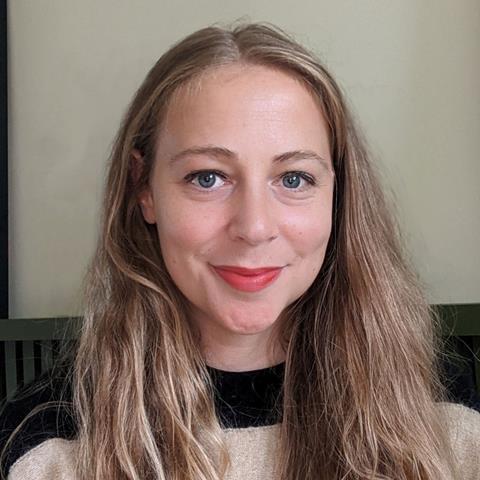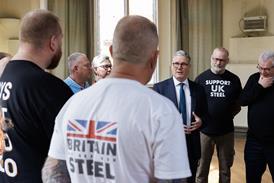Architects have a vital role to play in helping bring small sites forward for development, writes Chloë Phelps

Holding up small sites as one of the main saviours of the housing crisis is tantalising. Small sites can create really great homes that slot into existing communities, they often don’t require demolition, and can create the sort of housing stock that is (relatively) affordable to maintain with low service charges. They are also often a great opportunity for architects to show off their design credentials.
The recent government commitment to help unlock small sites through the planning system is a useful intervention. Pocket Living’s report that helped provide evidence towards this identified some really telling figures: in the past 40% of the country’s homes were delivered by small builders. Today it’s only 12%. Why has this figure plummeted, and is it really just the planning system that is holding the potential of these sites back?
Let’s start with defining what a small site is. A regularly used definition states they are under 0.25ha or would fit less than 25 homes. In my experience, it is difficult to be quite so clear cut. It is better to define them as types of sites; old garages no longer big enough for modern cars, infill on housing estates, left over parcels of land, or the densification of large houses with big gardens. We’ve worked on “small sites” that have grown from being a handful of homes, to having the potential for more than 100.
If a joined up approach is taken to looking at a cluster of sites in one neighbourhood, the impact can be greater than the sum of their parts
These small sites have been the bread and butter of small builders and developers for decades. However, a large number of these sites are in lower value areas and often owned by local authorities and housing associations, and not always suited to private sector developers. In London, the GLA estimates that 20,000 of the housing units needed could be built on small sites.
Rather than looking at these sites in isolation and potentially selling them off, public sector landowners should be considering the power these sites collectively have to create transformational and inclusive change in parts of their boroughs that often remain untouched by investment. If a joined up approach is taken to looking at a cluster of sites in one neighbourhood, the impact can be greater than the sum of their parts.
By grouping sites together and working with local house builders, there can be cost savings on overheads, design fees and site set up. Working with local suppliers means that the money also stays in the local economy and often the homes being created are well suited to people already living in the area, or people’s children looking for an affordable place to live nearby.
The viability of these projects can be very volatile
These are great opportunities for co-design and making sure the homes being created are what people want and can afford. Many of these sites are on existing housing estates, so a genuine engagement process with residents is critical and it needs to be joined up with plans to maintain and improve the existing housing stock.
That being said, small sites are extremely fragile. They have the same amount of constraints and project requirements as a big development, but the number of homes, fees and costs are much lower. The viability of these projects can be very volatile, and even more so in today’s market. This gets harder to manage the larger the organisation that is involved.
To make these sites work, the visioning for future development has to be laser focused and tailored to the area. If you are a client looking to tackle these sites, the priorities need to be incredibly practical. A long list of requirements for what these sites should enable often leads to them stalling and going nowhere.
These places must be enjoyable and equitable places to live
As designers we can be a real asset at this stage. We need to be ambitious about the quality of homes we are creating from the inside out. These places must be enjoyable and equitable places to live but ultimately it is our job to make these schemes incredibly easy to build and deliver through a number of procurement routes.
We’re buoyed by the government’s commitment to get these sites moving through planning, but we need to go one step further. The Pocket Living report refers to the planning system as one of the challenges, but there also needs to be support and investment for small and local builders to help them to modernise and rise to the challenge of creating the volume of homes we need on these small sites.
Postscript
Chloë Phelps is CEO of Grounded, an architecture and urbanism practice that was established in 2021 with Place Capital Group, to build on the legacy of the work Chloë led in Croydon on the Small Sites Programme. She has experience as an architect, developer and planner in both the public and private sectors.
















No comments yet